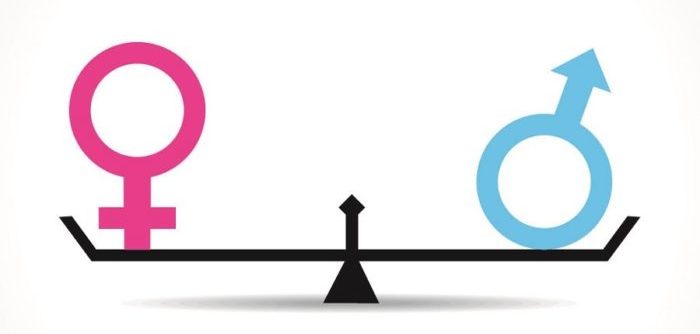The number of women holding senior leadership positions in businesses worldwide has hit 31% despite the Covid-19 pandemic affecting economies globally, a new report by UK-based consulting firm Grant Thornton reveals.
The ‘Women in Business 2021’ report outlines the position of women in senior management globally and highlights the actions leaders need to take to drive change in the proportion of high-level roles held by women.
Key findings
When Grant Thornton began reporting on the number of women in senior management in 2004, the proportion of leadership roles held by females worldwide stood at 19%.
Over the past 17 years, the long-term global trend shows a positive trajectory, never dipping below that first recorded level.
Since 2017, when 25% of senior positions were filled by women, progress has continued to be made, but it has been slow and irregular.
Last year, we reported a levelling out, with the overall number static at the 29% mark recorded in 2019. In 2021, however, there is cause for optimism, as the figure has hit 31%, indicating that, in short order, a third of all senior management positions are likely to be held by women.

Another cause for optimism is the passing of the 30% tipping point at the global level.
When broken down regionally, we see an exponential gain in the prevalence of countries with a proportion of women leaders exceeding this 30% tipping point. This illustrates a critical mass of progression at a global level.
In 2021, nine in 10 businesses worldwide have at least one woman in their senior management teams. By comparison, in 2017 that figure stood at two-thirds, with only 66% of businesses having at least one female leader.
That there has been a three-percentage-point improvement in this figure since 2020 is certainly a continuation of the positive trend seen over the past five years, and could have a number of causes. Work by businesses on their diversity and inclusion policies is paying off. But it is also possible that the coronavirus pandemic has emphasised the importance of diverse leadership in times of crisis.
See also: Maritime SheEO Initiative: Supporting women in leadership positions
Gender parity by region

- Africa, consistently one of the best-performing regions for female leadership, has continued its upward trajectory. Although this year’s increase is not as impressive as the 7% year-on-year lift seen in 2020, over five reporting cycles the region’s figures have improved significantly – from 29% in 2017 to 39% in 2021.
- The European Union, meanwhile, has also seen a reasonable lift from 30% to 34%, with over a third of all senior positions now being held by women. This marks an eight-point increase since 2017.
- Close behind Africa in the 2021 ratings is ASEAN, with 38% of senior roles filled by women. This marks a near total recovery to its record level of 39% in 2018, following an 11-percentage point slide to 28% in 2019. That slip is a cautionary tale that change isn’t guaranteed to follow a positive trajectory.
- Latin America has also continued to recover from a 2019 dip to record a 36% proportion of women in senior management. This is the most impressive regional performance over the five most recent research reports, rising from 20% in 2017.
- North America has seen more mixed results, but nonetheless improved its 2020 score by four percentage points, and its 2017 figure by 10 percentage points overall. At 33%, the region has achieved a figure of one in three senior roles occupied by women.
- Overall, APAC is the poorest performer, falling just short of the 30% tipping point at 28%. The region’s improvement since 2017 stands at three percentage points, with 2021 returning its proportion of women in senior management to the level seen in 2019, after a minor dip in 2020.
- In Greece, the percentage of women in senior management was up by 9 percentage points in 2021, to 33% compared to 24% in 2020. In fact, it is worth noting that our country is now above the global average, which stood at 31%. At the same time, the proportion of businesses with no women in senior management fell to 13% from 24% the previous year.






























































